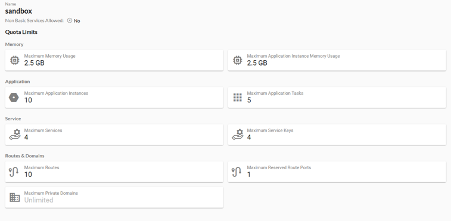Digital Sovereignty – only with open source!
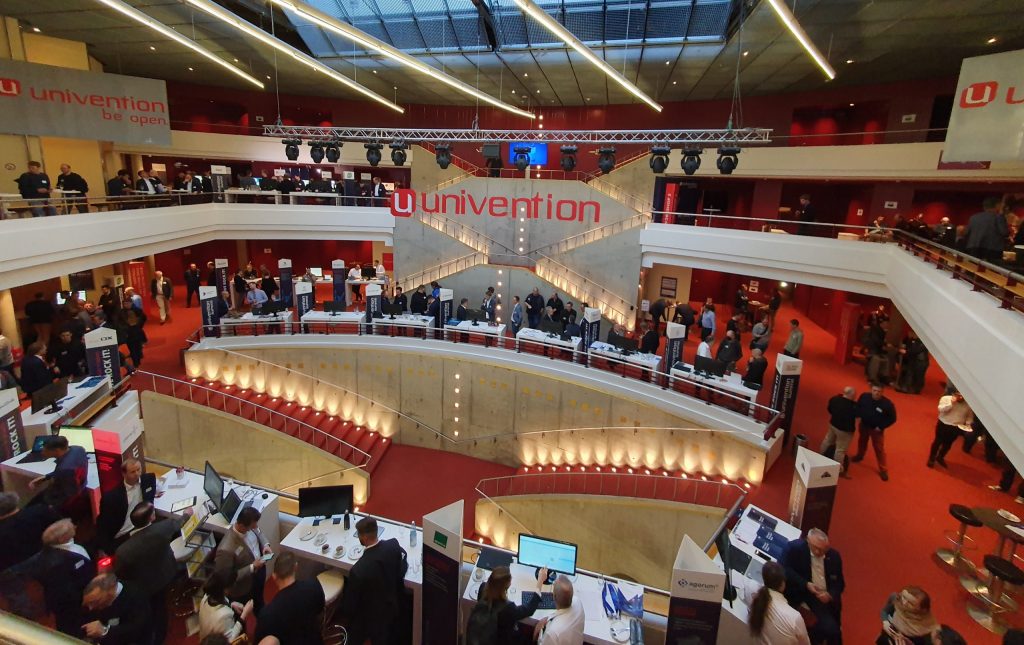
The Univention Summit in Bremen traditionally opens the year of open source companies in Germany. They discuss with representatives of the public administration how they can jointly make Germany digitally sovereign and advance the digital transformation.
Container Days – 2022

The Container Days have become a permanent fixture in the event calendars of all container enthusiasts. Alongside KubeCons, they are the largest international event on Kubernetes and container technology. In 2021, the focus of the participants was more on the virtual event, because only 300 participants were allowed on site due to the Corona regulations. In 2022 it was the other way round, with around 800 open source enthusiasts coming to Hamburg. The joy of seeing each other again was huge and the thirst for knowledge enormous.
A special data center in Berlin
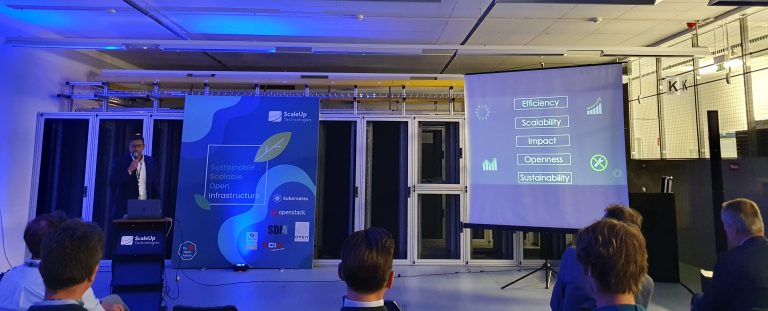
Yesterday, the opening of Scaleup Technologies‘ third data center in Berlin was celebrated. The former data center of Deutsche Bahn was modernized by Penta Infra and transformed into a sustainable colocation, which fits very well with Scaleup’s sustainability concept!
Without home office – modern work organisation remains a pipe dream

A Comment by Sridhar Iyengar, Head of Zoho Europe
The future of home office has become a political bone of contention. Yet, it would make far more sense to deal with it constructively and to use the many potential opportunities that lie in hybrid working models for all involved.
It is impossible to imagine the work organisation of the future without the home office. Why? Quite simply: because hybrid models with their mix of face-to-face work, home office and mobile working offer a lot of opportunities and advantages to all parties involved.
Climate Neutral Data Center Pact

Cloud computing and digitization are important parts to fulfil the European Green Deal, therefor several cloud service provider signed the Climate Neutral Data Center Pact. Here you find a short description what this means.
Net Zero – 100% Decarbonization

We experience climate change worldwide, and there are no single signs of it, it is everywhere and every time. And carbon plays a big role in the change. Around 80% of the produced energy of the world come from fossil fuels, but there are two problems: the plants of this world are no longer able to cope with the amount of carbon, and the resources are getting smaller. We need to stop carbonization!
Open Sources Function Mesh for Pulsar Functions on Kubernetes
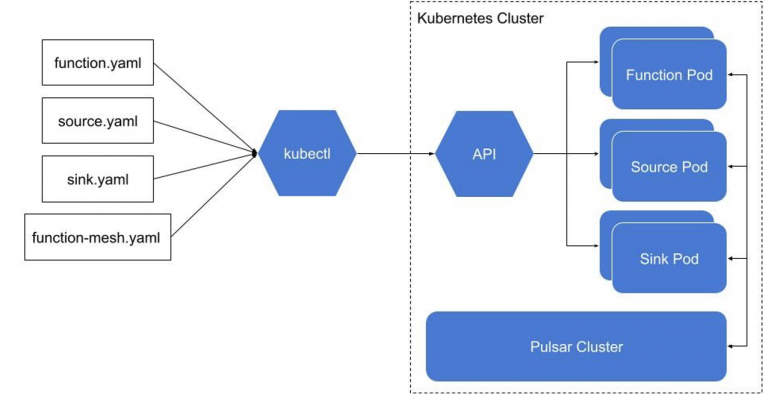
Function Mesh is a Kubernetes operator that enables users to run [Pulsar Functions][1] and [connectors][2] natively on Kubernetes, unlocking the full power of Kubernetes’ features and resources. For example, Function Mesh uses Kubernetes’ scheduling functionality, which ensures that functions are resilient to failures and can be scheduled properly at any time. Function Mesh is particularly interesting to users who are looking to create complex streaming jobs with multiple Pulsar Function. By providing a serverless framework that enables users to organize a collection of Pulsar Functions and connectors, it simplifies the process of creating complex streaming jobs. Function Mesh is a valuable tool for those who are seeking cloud-native serverless streaming solutions. Key benefits include…
Why Is Corporate Cybersecurity Important

Cybersecurity involves all practices used to keep electronic data and computer systems safe. It mostly protects against data breaches. According to Risk Based Security, in 2020, there were 3,932 data breaches, which amounted to 37 billion records. This is the reason many corporates today have invested heavily in cybersecurity. Here is some basic information on the importance of corporate cybersecurity.
Open your perspective
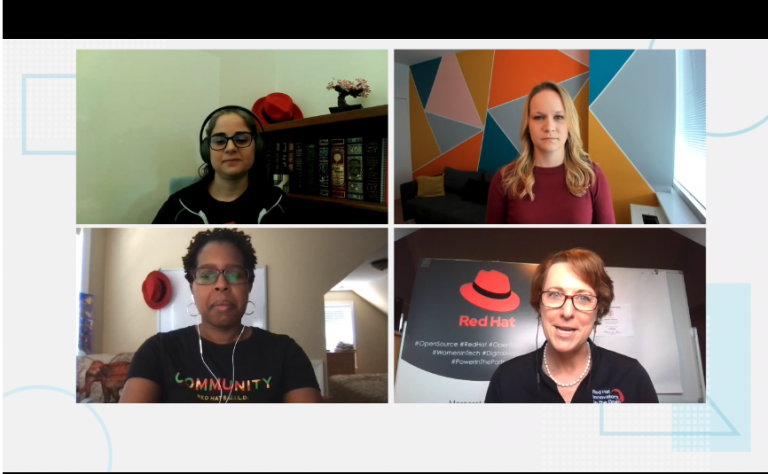
The second edition of the virtual Red Hat Summit during the last two days was all focused on open source. And, of course, on Red Hat as a developer, contributor and provider of open source for decades. At the beginning Paul Cormier, President and CEO of Red Hat, took the 35.000 attendees on a trip through open source history, on which RedHat wrote a chapter with their Enterprise Linux (newest release: RHEL 8.4) and their Kubernetes platform OpenShift. Now, open source has grown up, become mature and enterprise ready. And Linux has become the foundation of the most open source apps and tools, e.g. it is the base for all container technology.
Use your freedom of choice
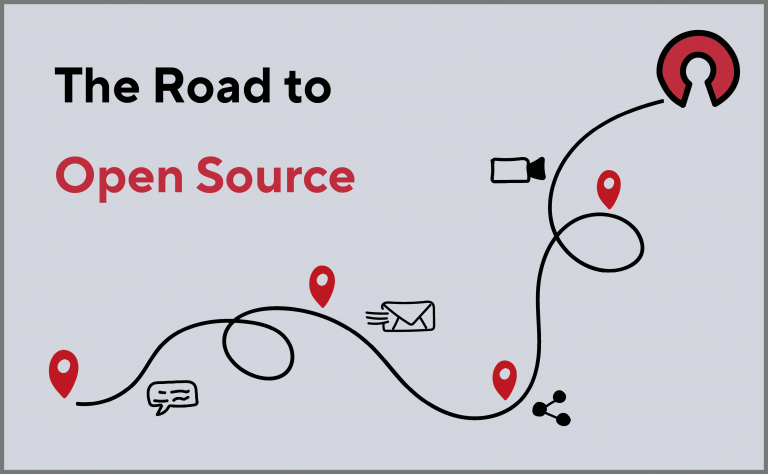
There have never been so many offerings to digitize processes, work and data, so it’s easy to lose track. Especially in the last year, quick decisions had to be made in order to keep companies operational at all. Often, the provider who was most visible in advertising or who was already known through other applications, e.g. in the office area, was chosen. With the large providers, one is also spoiled by the fact that there are all-round packages that are well integrated and usually function reliably due to the backup in the large clouds. For large companies, however, these offerings quickly become expensive, because a license has to be subscribed to for each individual.
5 Tips for Building a Culture of Security Among Remote Employees

In one of Nightfalls previous articles, they highlighted the importance that making security a part of your organizational culture played in keeping remote workforce secure during the COVID-19 pandemic. But what does that entail? In this article, they are going to flesh out key steps that security teams and their leadership should take in order to make a strong culture of security a reality within their organizations.
Containerization and cloud-native apps will define the 2021 data storage landscape
What’s next for the data storage market? Predictions can pave the way to some crazy, hypothetical discussions, or they can be more down-to-earth. Less noisy, the latter sort of forecasting is much more interpretable. With that in mind, here are my own predictions for the data storage industry in 2021. We will see a number of trends emerge as enterprise IT teams and storage vendors adapt in order to support the rise of cloud-native apps and the subsequent change in application and cloud infrastructure models.
4 Most Common Types of Cybersecurity Threats
There’s every indication that the pandemic is changing the nature of cybersecurity. Online threats are evolving to match our new remote-work paradigm, with 91% of businesses reporting an increase in cyberattacks during the coronavirus outbreak.
Hackers are getting more and more sophisticated and targeted in their attacks. Many of these cyber threats have been around for a while, but they are becoming harder for the average user to detect. Beware of these four common types of cyber threats – and learn what you can do to prevent them.
Gaia-X Summit
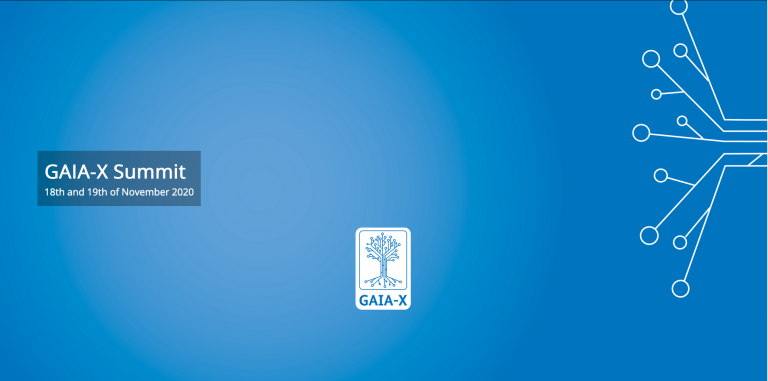
On November 18 and 19, 2020, a virtual Gaia-X-Summit took place. About 4000 participants from 180 organizations attended the online conference. On both days politicians and company representatives gave presentations.
Doing open source things with open source things
The SUSE Cloud Application Platform Sandbox
In March this year, SUSE decided to dedicate a special team to engage with developers from around the world who use SUSE enterprise products to create their own services, applications, and IT environments. The first thing we did, was to create and launch a brand-new developer platform in April, that you can visit and enjoy at developer.suse.com. It’s a one stop shop for anything concerning open source, Linux and other tools in the context of SUSE.
Cloud Expo Europe Summit – virtual
Half a day of condensed cloud content
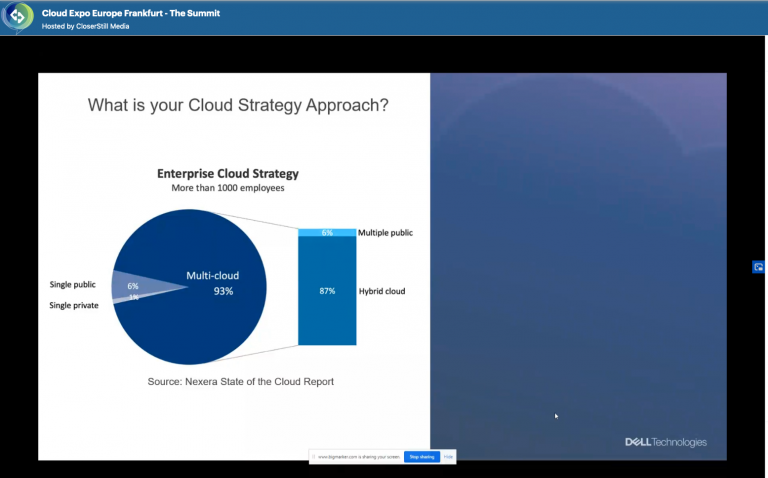
The corona crisis forced the Cloud Expo to become virtual and was, of course, a topic at the Summit today. Working and communicating more digital increased the digital and cloud market during the last month. The talk of Dr. Thomas King from DE-CIX clarified how the crisis effected the internet activities and the increase of digital working processes, and how DE-CIX was dealing with the situation to provide stable and scaling internet connections.
Is serverless ready to use for ML?
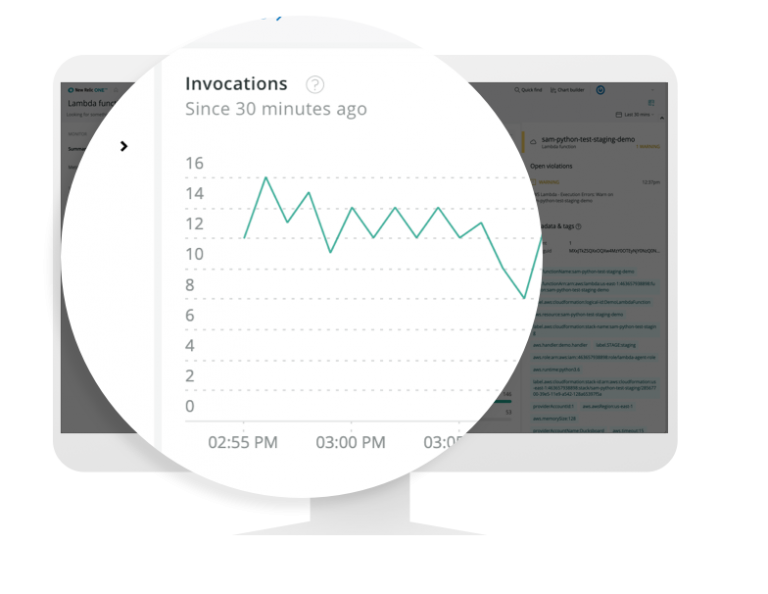
Understanding US export controls with open source projects
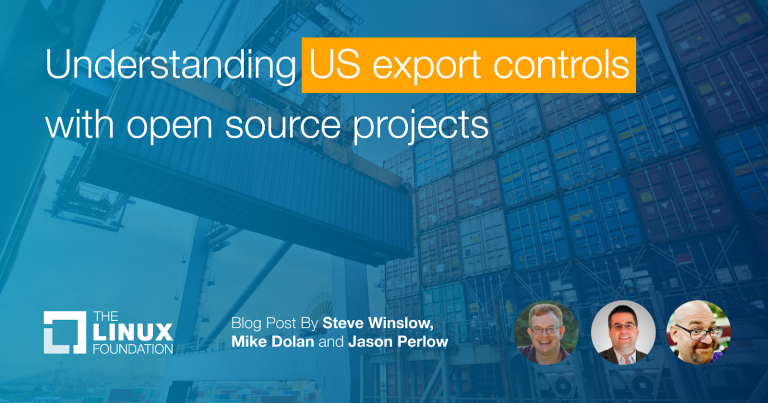
One of the greatest strengths of open source development is how it enables collaboration across the entire world. However, because open source development is a global activity, it necessarily involves making available software across national boundaries. Some countries’ export control regulations, such as the United States, may require taking additional steps to ensure that an open source project is satisfying obligations under local regulations.
The Linux Foundation has recently published a whitepaper on considerations for open source communities in detail, which can be downloaded here. This blog post is a summary of the general principles open source communities should be aware of and follow as it relates to both US export control requirements and open source encryption.
European cloud service market, comment by G-Core Labs
Nowadays, using cloud platforms significantly reduces the cost of computing and data storage for companies. So there’s no surprise that the market of cloud solutions is growing all over the world. As G-Core Labs infrastructure is present on 5 continents and includes more than 100 points of presence in 60+ cities, we can track the dynamics by regions and share our observations on the regional specifics of the European cloud services market.

Preventing S3 bucket Leaks with 5 Best Practices for AWS Cloud Security
When it comes to cloud services, the name AWS is nearly synonymous with the public cloud. Although Amazon’s grip on the cloud might be loosening (however slowly), there’s no question that AWS with its estimated 47% market share is a cloud behemoth. This means that for many businesses, cloud security starts with AWS security. Within AWS, one very common cause of data insecurity is S3 bucket misconfigurations. Generally, this is the result of bucket permissions mistakenly being set too low, allowing for accidental exposure of a bucket’s contents to unauthorized parties or to the entire internet in a worst case scenario.
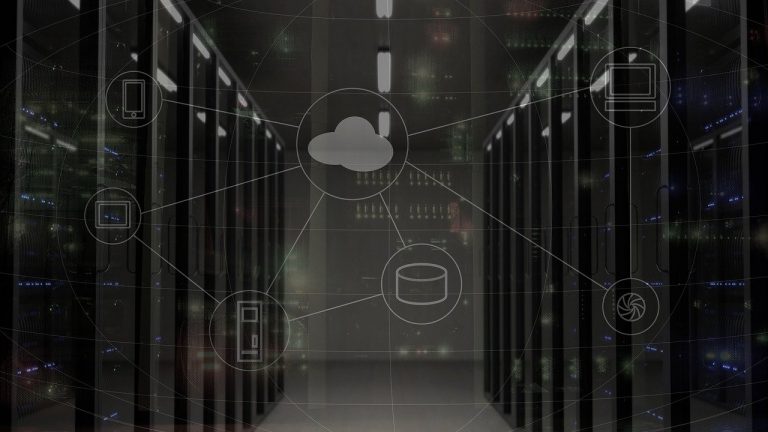
Cloud Provider Tests: Picking the Winner – Category CaaS
AI, ML and ROI – Why your balance sheet cares about your technology choices
Much has been written on the growth of machine learning and its impact on almost every industry. As businesses continue to evolve and digitally transform, it’s become an imperative for businesses to include AI and ML in their strategic plans in order to remain competitive. In Competing in the Age of AI, Harvard professors Marco Iansiti and Karim R. Lakhani illustrate how this can be confounding for CEOs, especially in the face of AI-powered competition. Beyond cultural resistance to change, the accelerating pace of technological advancement has leaders facing the prospect of embracing the future as it’s being written. Statistics suggest that businesses haven’t yet reached critical mass with respect to ML having a significant effect on their balance sheets. This blog examines why that is, and what business leaders can do to operationalize machine learning applications faster and see positive business results sooner.
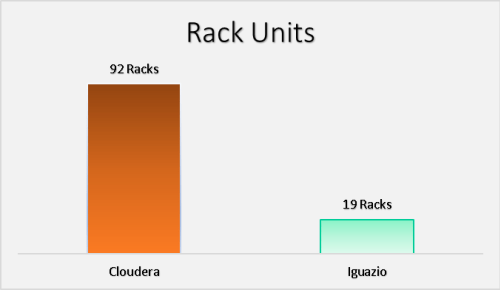
Power of Many – SUSECONdigital 2020
At the 20th of May the postponed SUSECON 2020 started as a digital event and will continue till the 10th of June. During these days the attendees has access to over 160 sessions. The first day started with great, emotional and technical keynotes where the strategy of SUSE was introduced: Simplify – Modernize – Accelerate. The different keynotes explored what this means for SUSE, for technicians, for partners and customers.
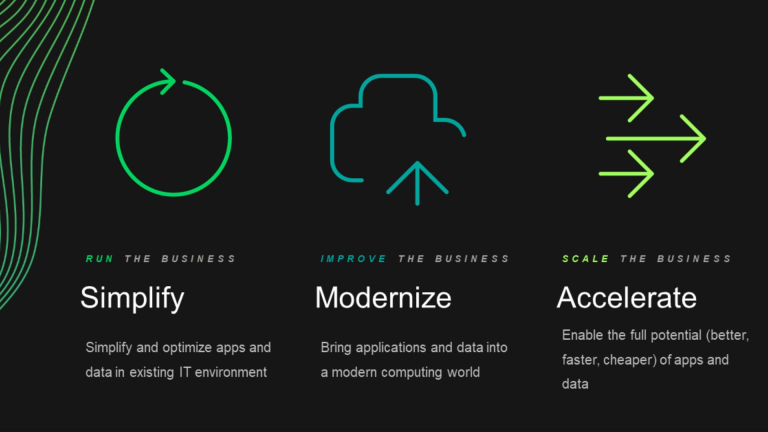
SUSE Cloud Application: How to solve the dilemma between sales, development and system administration
The Dilemma between Sales, Development and System Administration
Developers are an essential component and success factor for many companies that are concerned with the digitalization of their processes and markets. While in the conventional IT process chain the developers were still very much dependent on the system administrators, there is a strong trend today towards a transformation of these areas.
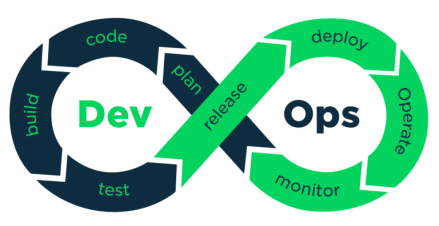
Cloud Provider Tests: Picking the Winner – Category Storage
Based on our detailed test results of different cloud providers in various categories the cloud report picks the winner of every category in every quarterly edition.
The Winner of the Category Storage is: OTC
Why: The Open Telekom Cloud offers the fastest storage speeds, closely followed by AWS.
In section Price in this category the winner is: AWS
Why: Price wise, AWS wins that fight, making it the best overall choice. At least this time…

Cloud Provider Tests: Picking the Winner – Category Compute

In every edition of “the cloud report” we have a wide range of different evaluations. We test the provision of different cloud vendors in many categories. There are evaluations from the documented datas from all cloud providers and also active tests. The cloud experts from Cloudical set up scenarios and evaluate all datas that can be collected. They act and test like normal customers of the cloud provider.
„Only the goody bag is missing”[1] – the first digital NetApp INSIGHT
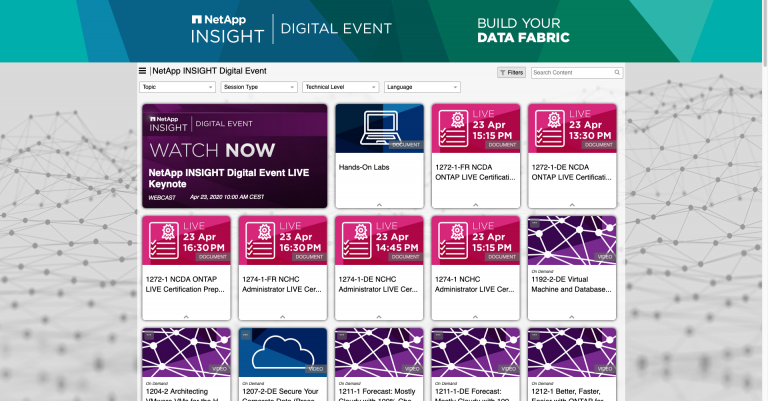
Yesterday the first digital NetApp INSIGHT took place. This event was meant to present NetApp to their partners and customers with the new products and inventions, but also to provide solutions in these uncertain times. It started at 10 am CET, when John Rollason, Senior Marketing Director EMEA of NetApp, welcomed the attendees from his home near Oxford. The current situation with the shut down was, of course, an important topic, because that´s the reason for this digital event. But that makes it possible to bring so many attendees and speakers from different countries and continents together. Over 7000 attendees joined the live sessions of the event. And speaker from Canada, the US, Israel, Great Britain, Germany and a social media specialist from Island were presenting.
We are testing Clouds
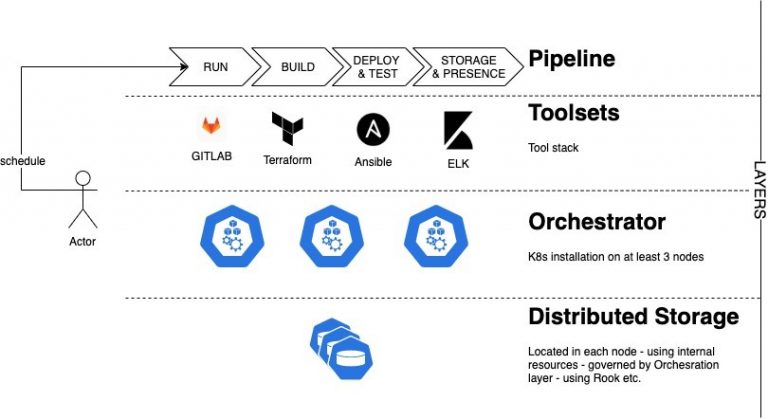
Cloud computing offerings are changing rapidly. Even the offerings of the individual providers are regularly being further developed. This makes it almost impossible to keep track of things. We, the cloud report and Cloudical, would like to remedy this situation and examine the offers and evaluate them from an objective point of view. Our technicians have developed tests for this purpose. We test general information like onboarding, availability, SLAs, data centers, compute, storage, network, limitations, scaling, technologies, but also more internal information such as backup, security, image service, patch management, monitoring, CI/CD, as a Service offerings and, of course, the cost factor.
Project management – Tips for remote teams
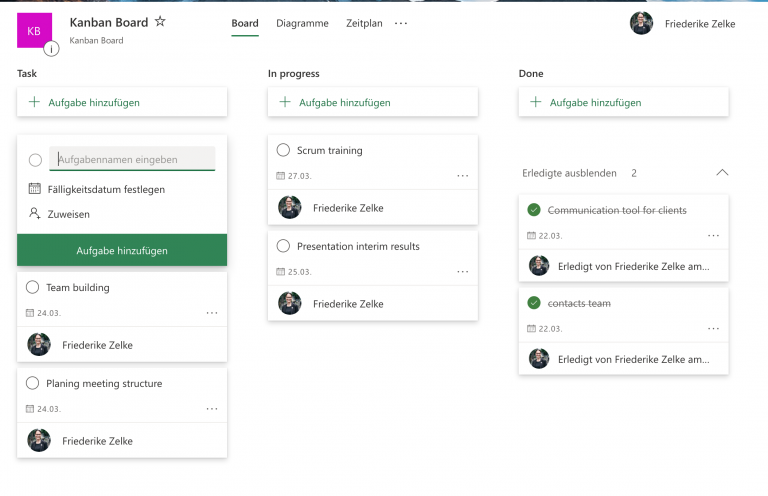
Nowadays, project managers are almost used to the fact that the colleagues implementing the project are not always on site, but work at home, at an external customer or even in different countries. Nevertheless, it is always a great challenge to really create an environment in which each person is perceived as part of the team, to introduce transparent communication and to establish good cooperation
For teams that are only just switching to home and digital project work, this is a major challenge that needs to be carefully monitored by the project manager.
Five Continuous Deployment Lessons You DON’T Want to Learn on Your Own

It’s 2 a.m. Your crying, hungry baby beckons and your spouse says, “We’re out of formula.”
Or:
It’s 2 a.m. The phone rings and the voice on the other end wails, “The system is down.”
The answer is easy. At least you can buy more formula from the 24-hour store.
Development success today is synonymous with upgrades and refinements that proceed apace, without performance interruptions and downtime for the rest of the organization. This continuum of IT service improvements is a requirement of today’s highly dynamic business environment, not just a nicety to keep the CIO off your back. You simply cannot continuously refine, upgrade and deploy while taking the system down to do so.
The fifth Container Days in Hamburg!
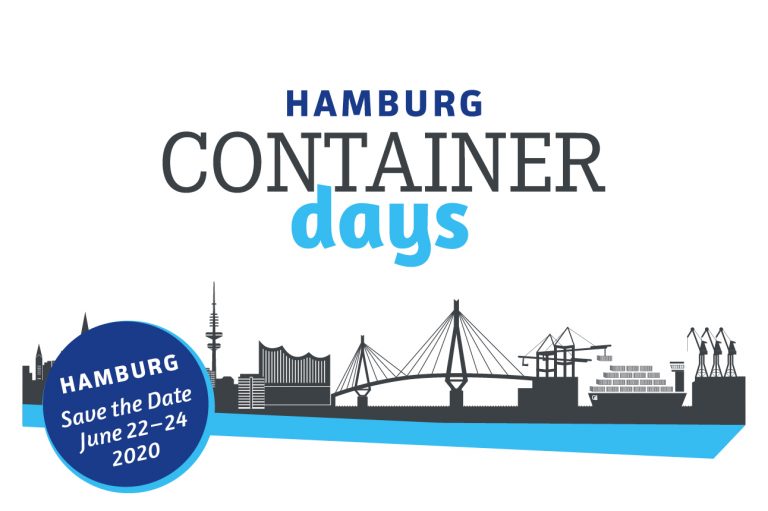
The community is gathering the fifth time to talk and socialize about container and cloud technology at the highest level at the ContainerDays 2020, June 22 to 24 in Hamburg. And we, the cloud report, are happy to join as media partner again to participate in that great event.
And our readers get 20% discount on the tickets: #CDS20_Thanks@Cloudical
Our impression from last year are:
GoDays Berlin

During the 21th to the 23th of January it was finally time for the second edition of the GoDays here in Berlin. The event invites beginners, Go Experts and everyone in between.
FOSDEM’2020 Brussels
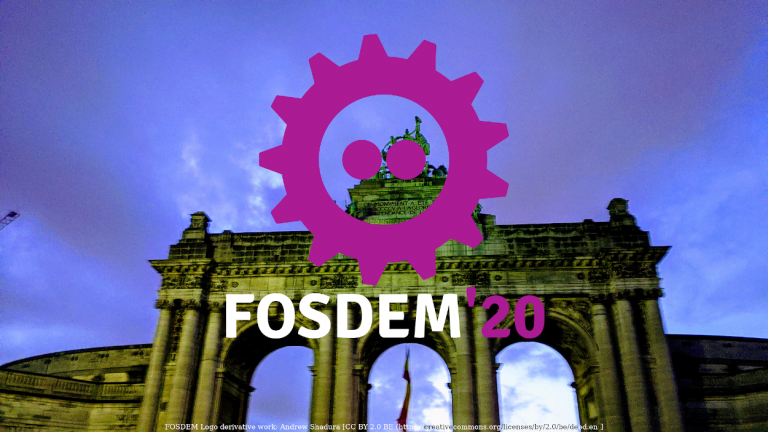
FOSDEM, a weekend in Brussles, Belgium, where great minds in the form of developers, administrators and engineers meet and connect. They talk about their topics, projects, experiences and ideas. It’s great to get in touch with the people behind the projects, and to stay in contact with people from previous companies / projects. Being able to discuss problems and features with project developers in person normally results in awesomeness for the project in the end. Or, put differently, did you ever want to buy the guy that made a project you are using a beer for helping with a bug / feature? I hope your answer to that question is “yes”, and FOSDEM is the place to do exactly that.
KubeCon + CloudNativeCon North America 2019
The de facto official Kubernetes developer and user conference or recruitment platform?

KubeCon – the Mecca for all cloud-native obsessive IT professionals opened its doors in San Diego in November. The KubeCon + CloudNativeCon North America 2019 was one of the biggest events of The Linux Foundation ever. Around 14,000 visitors from all over the world travelled to the golden state to meet, network, and everyone was full of expectations for the event.
The Cloud Foundry Summit Europe 2019
“Cloud Foundry is committed to ensuring developers can focus on what matters to them: building applications and writing code. Summit puts developers front and center to share their stories with our European community. Nearly 40 percent of our users report that application development takes less than one day with Cloud Foundry. Developers from across Europe are here to meet with and learn from their peers to maximize their productivity.” Abby Kearns, executive director of Cloud Foundry Foundation, told the audience…
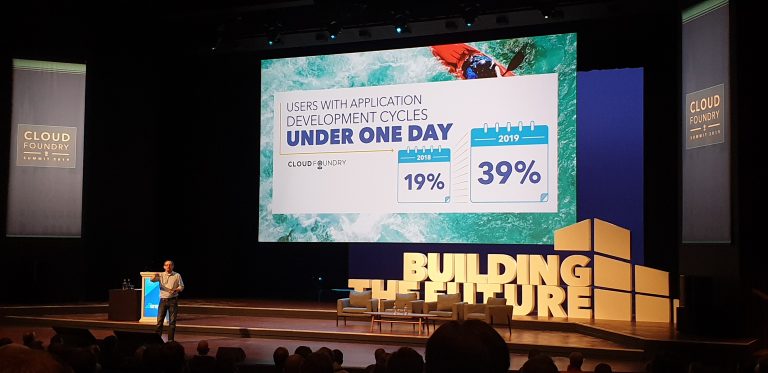
Kubernetes as a service: What is it – and do you really need it?
We have seen that, with the acquisition of Heptio, how Kubernetes is well integrated into product stacks of VMware and launched new commercial and open source solutions.
VMware’s motive is to shift to container based infrastructure powered with Kubernetes and participate in the competitive data centre market. Additionally, Kubernetes has been well received by public cloud and other leading tech vendors by showing full-stack support to manage containers either on bare metal or the cloud.
We are now in the era where every technology backend, infrastructure or platform is being sold in the form of an ‘as a service’ model, Kubernetes is adopted by more than 30 solution providers to offer bundled, managed and customised Kubernetes as a service (KaaS).

Last DevOpsCon 2019!
Between the 2nd and 5th of December over 700 enthusiastic participants gathered for Workshops, Sessions and Networking at Hotel Hilton in Munich during the last DevOpsCon for the year. The DevOps Conference is a conference for Continuous Delivery, Microservices, Cloud and Lean Business organized by the Software and Support Media Group. It was a very Christmassy and welcoming atmosphere with decoration and sweets for all the guests
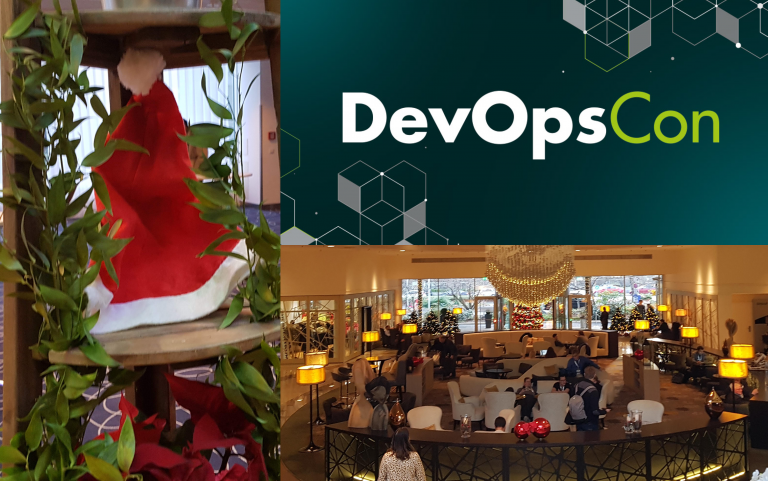
Think Beta – the Digital Conference

The OpenStack Community in Germany – DOST
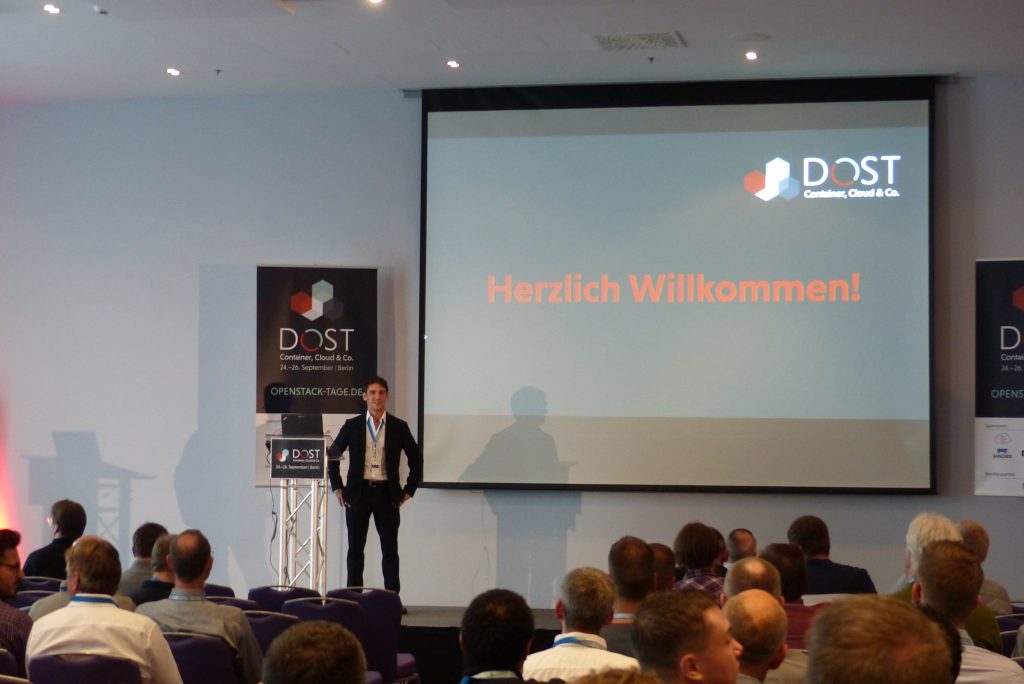
The open source project OpenStack provides software for cloud computing for example to virtualize the infrastructure with their component’s storage, network and compute. But with OpenStack you can also operate the identification and authentication modules in the cloud.
The community is developing the software in a continuous process, in Germany as well. And how lively the community in Germany is showed at the DOST – the German OpenStack days powered by B1 Systems – in Berlin September the 24th till 26th 300 attendees met for three days to learn even more about OpenStack.
Ancientt – Automation for Netwoork Testing Tools
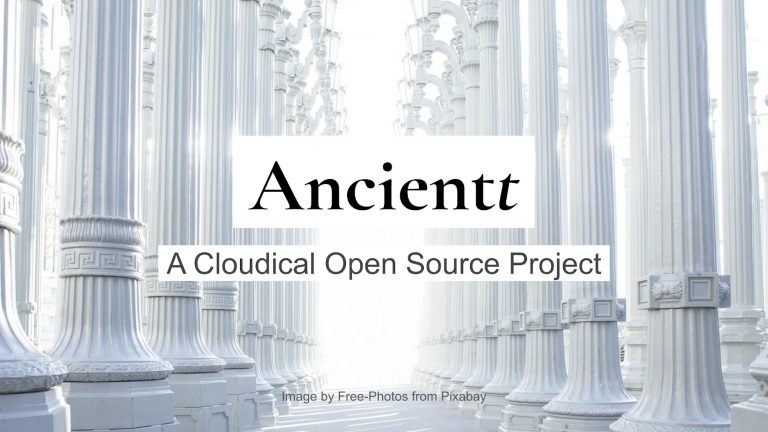
What is Ancientt
Ancientt is a tool to automate network testing tools, like iperf3, in dynamic environments such as Kubernetes, Ansible and more to come dynamic environments.
Meaning that, if you want to test the network throughput with iperf3 of your Kubernetes cluster, you can easily do that with Ancientt.
Global Digital Women and the SAP Kitchen

Microservices over Monolithic
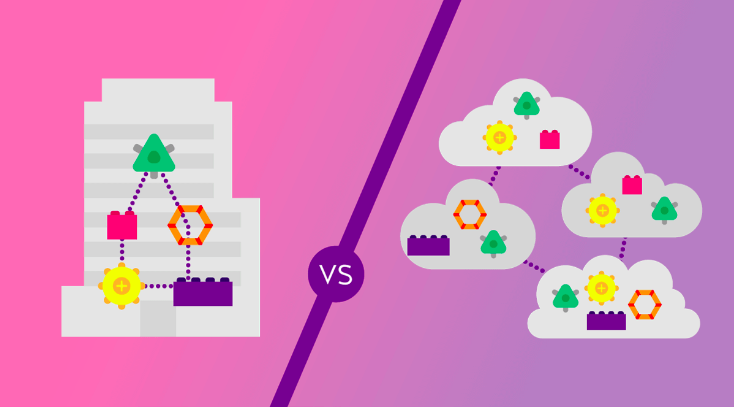
A small application, say a webapp based on Django or Spring, has a single code base and includes different modules. The entire application is built and deployed using any defined build system. Such an application is considered to have a monolithic architecture. It is a tightly-coupled architecture wherein all the components are interconnected to each other.
Network Namespaces
We are progressing at a remarkable speed in every aspect and software industry is no exception. With the introduction of cloud-native applications and tools like Docker, Kubernetes etc. software containerisation is considered as the new hot topic nowadays. Whenever we talk about containerisation, the two main technologies that come into play are namespaces and cgroups. If we think in terms of a process, while cgroups limits the resource(CPU, RAM etc.) usage of a process , namespaces limits the scope of interaction with other processes. To be more specific, namespaces partitions kernel resources in such a way that each process can view it’s set of resources only.
Linux kernel provides six types of namespaces, namely mount(mnt), process id(pid), inter-process communication(ipc), network(net), UTS(uts) and user id(user). In this article, the focus is mainly on network namespaces.
Etcd In Kubernetes
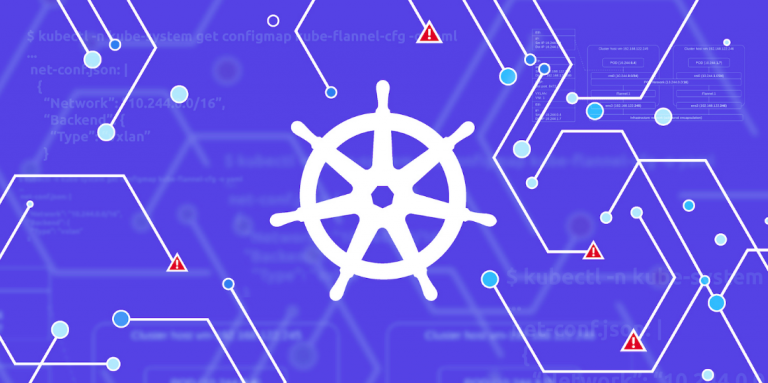
Etcd is a distributed key-value store that provides a reliable way to store data that needs to be accessed by large scale distributed systems. An etcd cluster is meant to provide key-value storage with best of class stability, reliability, scalability, and performance. These systems never tolerate split-brain operation and are willing to sacrifice availability to achieve this end.
It serves as the backbone of many distributed systems, providing a reliable way for storing data across a cluster of servers. It works on a variety of operating systems including here Linux, BSD and OS X.
How do Etcd works?
The consensus is a fundamental problem in fault-tolerant distributed systems. Consensus involves multiple servers agreeing on values. Once they reach a decision on a value, that decision is final. Typical consensus algorithms make progress when any majority of their servers is available; for example, a cluster of 5 servers can continue to operate even if 2 servers fail. If more servers fail, they stop making progress (but will never return an incorrect result).
New Online Editor for the Cloud Report!
To fill the job as a new editor I gave myself the first task to interview our Editor in Chief, Friederike Zelke, about the new position.
How come the Cloud Report needs additional staff?
The Cloud Report is a hybrid journal, so, the website (the-report.cloud) is an important part of the journal. And to bring more genuine content, more interviews, more relevant news, more technique and more coverage in general into higher expansion we decided to hire an online editor.
What kind of adventures can we expect?
There are so many conferences, events, cool new companies and inventive old companies which go new ways! And we want to cover the whole “cloud” world with the different, vivid communities and the whole technique approach. This is what we expect, and you could expect the same.
What makes the new online editor suitable for this job?
She already worked for Cloudical, the publisher of The Cloud Report, so she knows about “cloud”, mindsets, processes, … and has experiences from international publishing houses. She brings in her contacts, communication skills, and writing experiences. So, I´m happy to have Emelie on board in our publishing department!
If I would like to publish something for the Cloud Report without being a part of the editorial staff, how do I proceed?
Just get in touch with us! Via phone or email, we are more than happy to connect with you! (presse@cloudical.io)

KubeCon + CloudNativeCon Europe 2019 Conference Transparency Report:
Another Record-Breaking CNCF Event
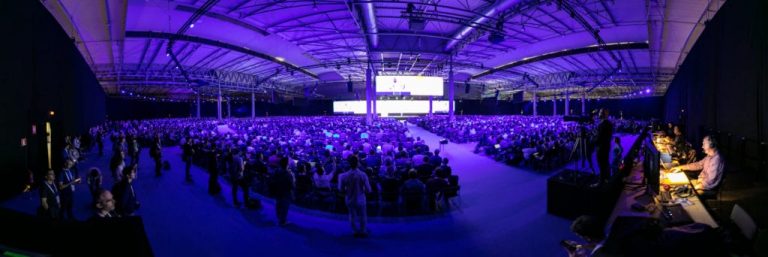
KubeCon + CloudNativeCon Europe 2019 was a great success with record-breaking registrations, attendance, sponsorships, and co-located events for our annual European conference. With 7,700 registrations, attendance for this year’s event in Barcelona grew by 84% from last year’s event in Copenhagen. 74% of these attendees were at KubeCon + CloudNativeCon for the first time.
The KubeCon + CloudNativeCon Europe 2019 conference transparency report.
An interview with Thomas Di Giacomo about the state of Kubernetes
I recently attended KubeCon EU 2019 in Barcelona. While there, I got the chance to chat with our CTO, Thomas Di Giacomo, about the state of Kubernetes and its marketplace. We also talked about the community centered culture of Kubernetes as well as some his dreams for the tech world. It was a great conversation and I believe it highlights just why there is this incredible amount of hype surrounding Kubernetes:
Andrew Gracey:
We are here at KubeCon [EU] and there’s about 10 thousand people here which is significantly more than last year. As a CTO in the open source world, what do you see with this extraordinary growth?
Thomas Di Giacomo:
So, when we started yesterday with the CNCF Board meeting, it was interesting to see the growth of the number of projects in the CNCF. There were more and more projects, they were more and more mature as well. And with that come requirements to manage the projects properly. We had a great discussion with the TOC (Technical Commitee). And how to deal with that, how to structure better the CNCF Support for the projects.
We are also launching a new way to manage the SIGs (Special interest Groups) that might extend to the TOC later, as well. We are reviewing the plans for KubeCon and maybe doing more Kubernetes Days or smaller events.
AG:
I’m sure it’s hard to pull something like this off. With three of them a year.
TDG:
It takes time and is expensive. We plan to keep doing three each year but maybe with more space between.
We also want to reach out to smaller regions and other countries as well.

KubeCon + CloudNativeCon Shanghai
A female-friendly tech-conference in a thriving city
Usually, when attending a tech-conference, the picture of the audience is dominated by male attendants. The same is true for keynote speakers and speakers in general. However, there are women in the tech-world, and I found some of them.
The very first KubeCon + CloudNativeCon in Shanghai, China, was also my very first KubeCon. Shanghai was a location well chosen: 23 Million people in the greater area make it one of the largest cities in the world and a leading economic region in China. And also in the educational sector, the city is flourishing. In 2013, for example, Shanghai Tech University was founded. It aims to become a national and international first-class research university in the technical fields. Thus, Shanghai was the perfect host for a tech-conference on a thriving topic as Kubernetes.
The first KubeCon + CloudNativeCon in Shanghai attracted 2.500 people to attend the conference – an enormous number. The event was sold out. Great too, that there were many women in the audience and a special women´s lunch was held to talk and network by traditional Chinese food. But also on the speakers lists, the organizers of KubeCon tried to get more women involved, and succeeded: There were 14 % female speakers on the stages during the three days of presentations.
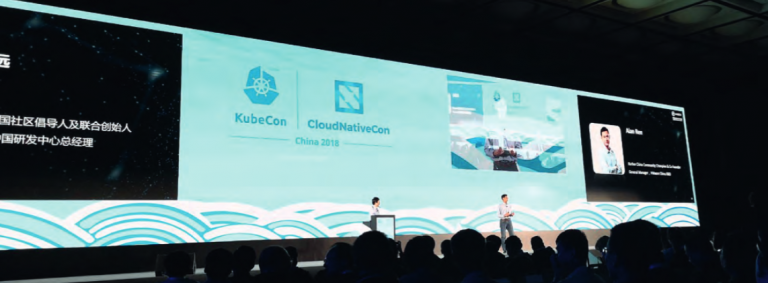

One of them, Janet Kuo, co-chair of the conference, opened the KubeCon with a marvellous speech and the overall top quote: “Kubernetes is boring. But boring is good. It means, that a lot of people are using it, because it works”. She told the audience, that Kubernetes became very important in China also and that 58 % of companies are already running on it.
Warum KI Plattformen und Ökosysteme braucht
- Alphabet/Google ist mit der Plattform Android und der Tochterfirma Waymo (autonomes Fahren) als Ergebnis eines Ökosystems vorbildhaft
- Zu den innovativsten Firmen weltweit zählt die BCG beispielsweise auch Adidas, BASF und Siemens
Wie setzen Firmen innovative Ideen mittels künstlicher Intelligenz (KI) in der Praxis um? Diese Frage untersuchte die Boston Consulting Group in einer aktuellen Studie unter rund 2.500 Innovation Leadern weltweit. Die Berater kommen zu dem Ergebnis, dass effektive KI die Nutzung von Plattformen und den Zusammenschluss zu Ökosystemen voraussetzt.
Interne Digitalisierung mit Office 365: Unternehmen brauchen völlig neue Denkmuster!

Wir beobachten es tagtäglich in unserem Projektgeschäft: Im Zuge der Digitalisierung ihrer internen Kommunikation und Zusammenarbeit wagen immer mehr Unternehmen den Schritt „in die Wolke”. Historisch bedingt, da die unternehmenseigene IT-Landschaft oft seit jeher Microsoft-basiert ist, setzen viele von ihnen auf den Cloud-Dienst Microsoft Office 365. Was wir jedoch beim Umstieg auf diese Cloud-Plattform auch immer wieder feststellen – und zwar bei Unternehmen aller Branchen und Größen: Office 365 bleibt viel zu oft noch hinter seinen Möglichkeiten zurück. Aber warum ist das so? Und wie lässt sich dieser Zustand ändern?
Security and DevOps: Getting them to Work Together
DevOps has revolutionized the pace at which new iterations of applications are released to meet the needs of customers. By nature, security teams are focused on securing company assets and data, which others may see as a roadblock to productivity. The tension between these two groups can sometimes be palpable.
Both teams play important roles, and eliminating the friction between them can only benefit the organization as a whole. Let’s take a look at four tips that can help reduce the friction between DevOps and security.

The Evolution of Cloud Computing – Where’s It Going Next?
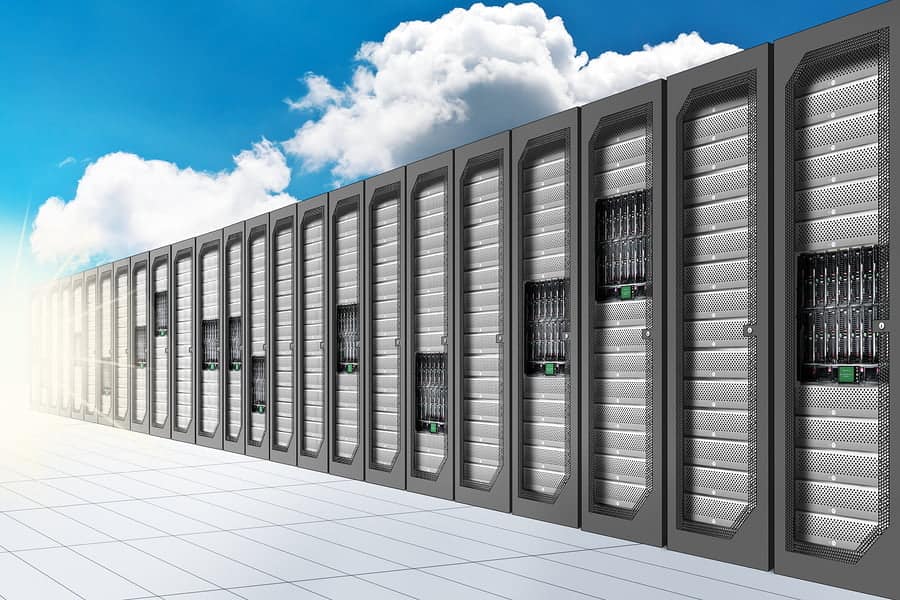
Behind the scenes, however, cloud computing is still a hot topic. In fact, it’s no longer a question of whether or not a company will undergo a cloud transformation. Rather, questions about precisely what services and operations should be shifted into the cloud, how much will they cost, how much will they save the business, and how quickly can it all happen, are dominating the conversation.
Why cloud infrastructure is an increasingly exclusive club – with only a few having the cash to get in

The figures keep going up and up for the hyperscalers – as new data from Synergy Research shows another new record for hyperscale operator capex in Q318.
Hyperscaler capex was at more than $26 billion for the most recent quarter, with spending for the first three quarters of 2018 up by 53% when compared with this time last year. This quarter’s figure is the second highest of all time; Q1 still takes the honours, yet Synergy ascribes that to Google’s ‘one-off’ $2 billion purchase of Manhattan’s Chelsea Market building in March.
Smarter clouds, smarter businesses: How AI is transforming the cloud computing industry

The latest addition to the ever-expanding collection of IT buzzwords, artificial intelligence (AI) seems to mean all things to all people. No matter which industry you turn to – from retail to finance, manufacturing to healthcare – AI is touted as a ‘game-changer’ and the answer to any number of problems.
This hype is driving real change: worldwide spending on cognitive and AI systems is expected to increase at an annual growth rate of 50.1% through to 2021.
Kubernetes – eine Einführung
Einführung
Kubernetes ist ein open-source System zum automatisierten deployen, skalieren und managen (also orchestrieren) von containerisierten Anwendungen. Kubernetes stellt eine Reihe von verschiedenen API-Objekten zur Verfügung, um den gewünschten Zustand des Clusters zu realisieren, den man umsetzen möchte.
CloudFoundry Summit Basel 2018
Basel. Neben dem gotischen Münster und der mittelalterlichen Altstadt hatte die Stadt im Dreiländereck im Oktober für zwei Tage eine weitere Sensation zu bieten. Vom 10. bis 11. Oktober fand im Congress Center Basel die diesjährige CloudFoundry Summit Europe statt. Große und kleine Community-Mitglieder präsentierten als Speaker und/oder Aussteller dem zum größten Teil deutschsprachigem Publikum den aktuellen Stand, in dem wir uns in der CloudFoundry Sphäre bewegen.
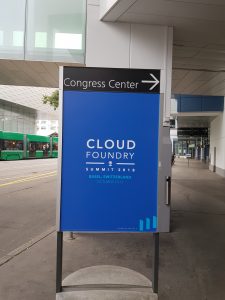
Exploring cloud-based archival: The benefits, challenges and opportunities

In today’s enterprise, your data is your lifeblood. Everything you do and every decision you make is about how to create, utilise and protect your data. IT resilience, data protection and backups all play a part in making sure that your data is always accessible and available when you need it.
DevOps: From a Business and Executive Perspective
Some of the roadblocks to a successful DevOps initiative have nothing to do with technology or the IT group. Business unit leaders and executives have to get involved in the initiative as well.
Creating an environment that is capable of shifting and adapting to market demands isn’t always easy. Remember, the major goal here is to develop agility around both business and technology. DevOps is certainly a method to accomplish this task. I mentioned this in my „DevOps 101“ article, but it’s worth repeating. The concept of DevOps isn’t just a single tool or platform. Rather, it truly is a shift in thinking in how you deliver services, applications, and even business capabilities into a digital market. In some ways, it’s the engine around digital transformations.
Why agile and scale without DevOps spell predictable doom

“DevOps is the new normal, cloud is the new infrastructure & Kubernetes is the new operating system”

We are now witnessing the democratization of DevOps. This concept seemed to be an unattainable goal until recently but now it has become the new normal. Digital transformations are a must and job descriptions are slowly changing as developers will have to increase their “operational” awareness. We talked to Sacha Labourey, CEO and founder at CloudBees about all this and more.
The Age of DevOps

The Most Valuable Resource of All: Time
This post was authored by Paul Asadoorian, CEO and founder of Security Weekly.
Over the last twenty years we have witnessed dramatic changes in the way companies write and ship code. First there was Waterfall, followed by the Agile movement in the early 2000’s, and now we find ourselves in the Age of DevOps. All of these changes have been made with one goal in mind: ship more code in less time. After all, time is the great equalizer for us all – and those that do more in less time will always find themselves in a favorable state.
Clevere Alternativen zu Azure, Amazon und Google
Keine Überraschung: Cloud bringt Flexibilität für Entwickler

Einer der größten Vorteile der Cloud ist ihre Flexibilität und vor allem ihre Skalierbarkeit. So kann die Unternehmens-IT die Ressourcen bereitstellen, die die Nutzer auch tatsächlich in Anspruch nehmen. Dabei gibt es einige Faktoren, die berücksichtigt werden müssen. Einige davon betreffen den auf der Cloud ablaufenden Code, die Architektur und den laufenden Betrieb.
Skalierung der Cloud
Für die Skalierung einer Cloud gibt es im Wesentlichen drei Ansätze. Der erste ist die vertikale Skalierung. In diesem Fall werden die gegebenen Ressourcen erweitert – also dem virtuellen Server wird mehr CPU-Leistung, Arbeitsspeicher oder Speicherplatz hinzugefügt. Dieser Ansatz ist der einfachste, da lediglich Systemkomponenten hinzuzufügen sind, die Administration bleibt dieselbe. Anwendungsfelder hierfür sind beispielsweise der Einsatz von relationalen Datenbank-Systemen. Der zweite Ansatz ist die horizontale Skalierung. Hierbei bleibt die Beschaffenheit eines virtuellen Servers gleich, ihm wird eine zweite Instanz hinzugefügt. Typischer Anwendungsfall dafür ist ein Webserver. In diesem Fall ist die Administration etwas anspruchsvoller. Die Lasten werden unter den virtuellen Servern mittels eines Load Balancers verteilt. Schließlich gibt es den diagonalen Ansatz, der eine Kombination aus horizontalem und vertikalem Modell entspricht. In diesem Fall werden zunächst die Kapazitäten eines Servers erweitert, bevor ein zweiter Server hinzugezogen wird. Hier wird der Aufwand für die Administration begrenzt, da durch die Phase der vertikalen Skalierung einiges an Ressourcenbedarf aufgefangen wird.
Why Cloud Native Isn’t Just For The Cloud

Getty
Michael Dell once said that “the cloud isn’t a place, it’s a way of doing IT.” He was right, and the same can be said of cloud native. It’s counterintuitive to think the most advanced model for deploying and scaling applications today can be applied in your own data center as well asin the public cloud, but it’s true — and enterprises need to grasp this, because if they don’t they will miss out on much of the value that cloud native has to offer.
Cloud native provides numerous benefits, which explains why production deployments have grown more than 200% since December, according to a new report from the Cloud Native Computing Foundation (CNCF). The chief benefits cited in the report are faster deployment times, improved scalability and portability between clouds, but I would add improved server and storage utilization to that list, too.
Cloud-Migration: Erwartung versus Realität
Der Einstieg in die Cloud will durchdacht sein. Wie eine Forrester-Studie jedoch zeigt, werden viele Barrieren in der Planung nicht erkannt. Entsprechend teurer und schlechter gestaltet sich die digitale Transformation am Ende.
Der Weg in die Cloud ist ein komplexes Unterfangen. Die von Forrester Consulting im Auftrag von Rackspace durchgeführte Studie „Maintaining Momentum: Cloud Migration Learnings“ zeigt auf, welche Problemstellungen Unternehmen vor, während und nach der Migration von Daten und Applikationen in die Cloud am stärksten beschäftigen. Die Marktforscher führten dazu eine Online-Umfrage unter 326 Business- und IT-Entscheidern sowie Projektleitern durch, die aktuell oder in der Vergangenheit Verantwortung für Migrationsprojekte in der Cloud hatten.
Wenn Unternehmen ihre gesamten IT-Systeme in die Cloud verlagern, ergeben sich verschiedenste Anforderungen an die Infrastruktur. Eine Multi-Cloud-Architektur sollte das Ziel sein. Aber was müssen Unternehmen dabei beachten?

DevOps: Warum DevOps nicht funktionieren wird
DevOps ist als Buzzword gerade in aller Munde – jede IT-Abteilung, die etwas von sich hält, und jeder Manager oder Engineer, der „Project Phoenix“ gelesen hat, will es umsetzen, denn die Probleme sind allbekannt und die Lösungen doch offensichtlich einfach.
Nur: Es wird so nicht funktionieren.
Jedenfalls wird es nicht so funktionieren, wie es die Autoren von Project Phoenix gerne darstellen wollen und wie es auch gerne in Zeitschriften publiziert wird – nämlich in dem wir uns alle lieb anschauen, an den Händen fassen und gemeinsam singend durchs Leben schreiten.
![]()
What exactly is “Cloud Native” even?
Let’s look at the Cloud Native Computing Foundation mission statement for an explanation what “Cloud Native” is in their eyes:
The Foundation’s mission is to create and drive the adoption of a new computing paradigm that is optimized for modern distributed systems environments capable of scaling to tens of thousands of self healing multi-tenant nodes.¹
What exactly can we take away from the CNCF mission statement in aspect of “Cloud Native”?…
found at cloudcomputing news:
Cloud hyperscaler capex broke $53 billion for the first half of 2018, says Synergy Research

The capital expenditure of the largest cloud infrastructure players continues to rise – and according to Synergy Research, the first half of 2018 has seen record figures being published.
Total capex for the first half of this year among the hyperscale operators hit $53 billion (£41.1bn), compared with $31bn this time last year. Q2’s figures did not quite match Q1, but this is down to an anomaly, Synergy argues, with Google confirming its buying of Manhattan’s Chelsea Market building, for $2.4bn, in March.
found at news.microsoft:
Digitalisierung für alle mit künstlicher Intelligenz und Big Data: Diese elf internationalen Tech-Startups wachsen mit Microsoft ScaleUp Berlin

Stärkung des Startup-Ökosystems und innovativer Technologien bei Microsoft Berlin
Elf Later-Stage Startups starten heute in das Programm von Microsoft ScaleUp, vormals Microsoft Accelerator, in Berlin. Damit erweitert Microsoft seine Startup-Aktivitäten um die gezielte Förderung von KI-Lösungen, die zum Innovationsmotor für Deutschland werden können. Die teilnehmenden Startups kommen aus acht europäischen Ländern und entwickeln Lösungen für Branchen wie Marketing, Automobil und Medizin. Vier Monate lang arbeitet Microsoft zusammen mit den Gründern an ihrer Wachstumsstrategie – mithilfe von Co-Selling, Zugang zum internationalen Vertriebs- und Partnernetzwerk von Microsoft sowie zur Cloud-Plattform Azure, ohne im Gegenzug Anteile der Startups zu nehmen. Microsoft fördert damit technologischen Fortschritt und Gründertum für eine Digitalisierung für alle.
gefunden bei xing.com/news
Microsoft erweist der IT-Branche mit dem Ende der Deutschland-Cloud einen Bärendienst
Wie erwartet, zieht Microsoft seiner Deutschland-Cloud den Stecker – und zeigt damit zugleich eine der größten Gefahren beim Cloud Computing: Cloud-Anbieter können jederzeit Dienste abkündigen, ohne dass Anwender viel dagegen run können – die Abhängigkeit vom Provider ist groß.
Anfang der Woche lies Microsoft die Katze aus dem Sack: Der US-Konzern stellt das Treuhändermodell der deutschen Cloud mangels Nachfrage ein. Die Redmonder hatten die Microsoft Cloud Deutschland Ende 2016 gemeinsam mit der Deutschen Telekom gestartet. Die Telekom tritt dabei als Treuhänderin der Daten auf.
Continuous Integration
Continuous Integration ist seit ein paar Jahren in aller Munde.
In der Praxis merke ich bei diesem Thema oft, dass es immer noch eine Unsicherheit gibt, was der Unterschied zwischen Continuous Integration, Continuous Delivery und Continuous Deployment ist. Daher möchte ich das Thema hier gerne noch einmal erläutern. Dazu wird es mehrere Artikel geben, als erstes werde ich hier nun auf Continuous Integration eingehen.


